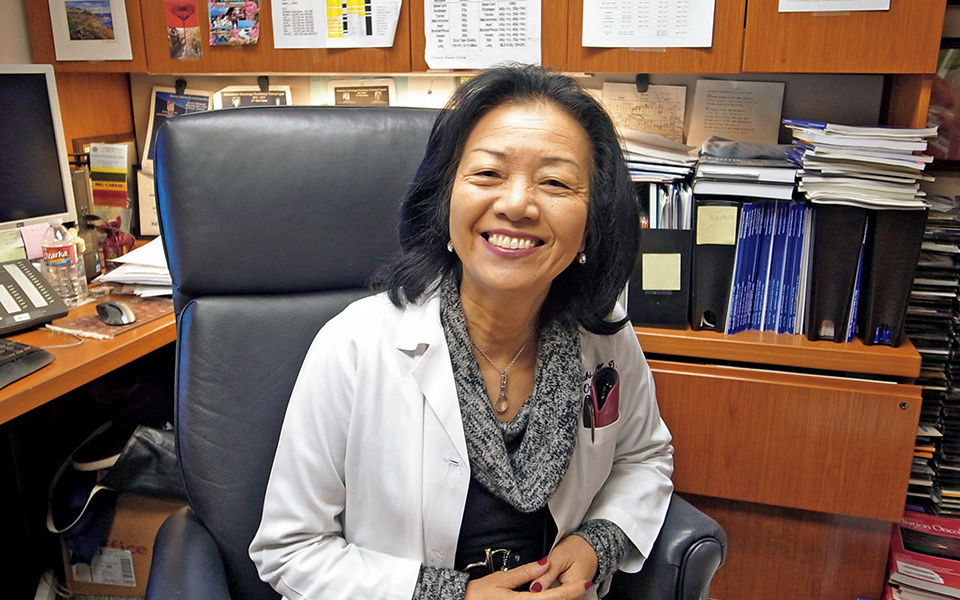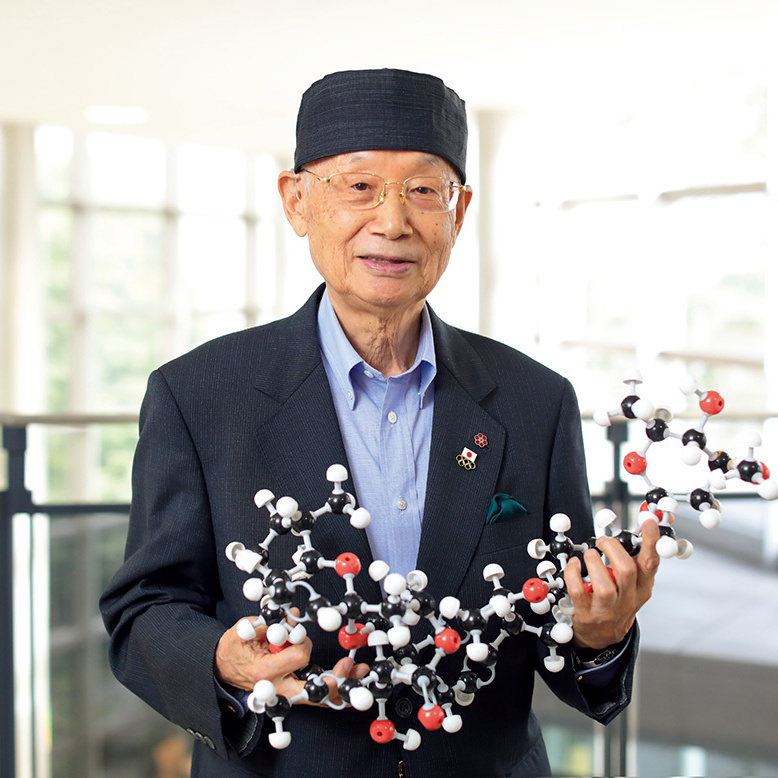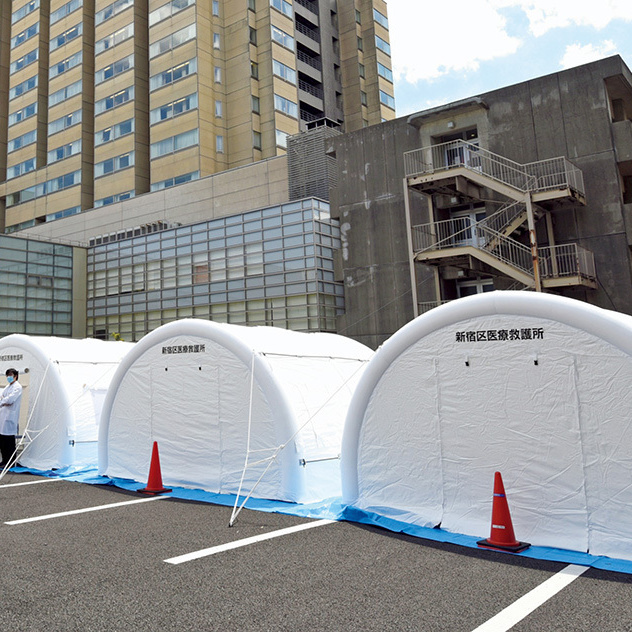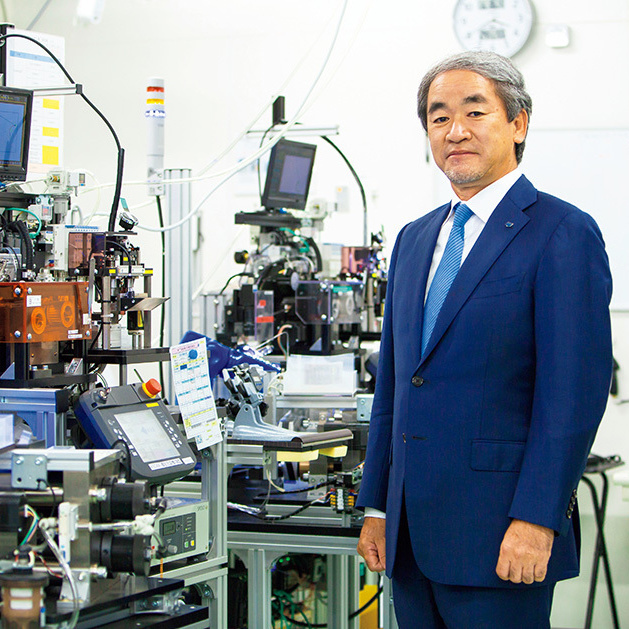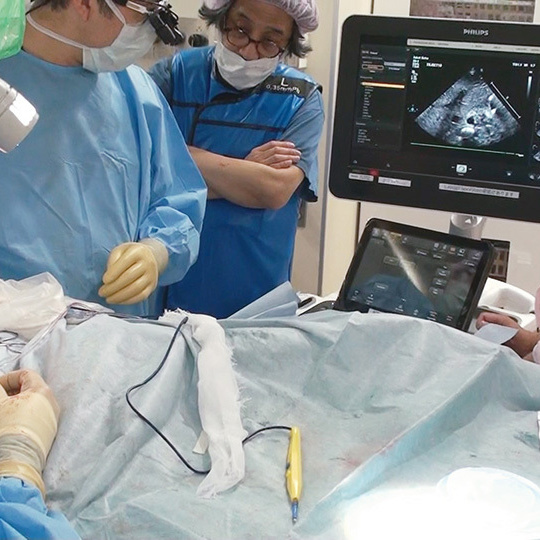Radiation oncologist Professor KOMAKI Ritsuko paved the way for proton therapy at one of the leading cancer hospitals in the United States. What is the philosophy behind the medical care that she provides to patients?
“As a specialist, you need to be strong-willed to choose the best treatment for a patient.” Radiation oncologist Professor KOMAKI Ritsuko, originally from Japan, is at the forefront of cancer treatment in the United States. An active voice on tumor boards, which meet to review treatments for patients, she exhaustively discusses options with her medical colleagues. Surgery is not always the best option, and many patients’ lives have been saved thanks to her constantly “fighting” for them by thoroughly studying every option they have, so as to find the best treatment.
Dr. Komaki specializes mainly in radiation therapy for lung cancer. Having promoted advanced technologies such as intensity-modulated radiation therapy (IMRT) at the MD Anderson Cancer Center, she achieved excellent results in treatment. It is not uncommon to find examples of patients originally diagnosed with a recurrence of lung cancer and given only a few months to live who have gone on to survive for more than 10 years under Dr. Komaki’s care.
In recent years, she has focused on proton therapy. When proton beams are used, the depth of the irradiation can be controlled to stop it from going any deeper than the lesion. That mitigates side effects on normal cells by allowing the irradiation to be concentrated more on the cancer cells. The treatment is attracting attention as being less burdensome on the body for elderly cancer patients with declining organ function and multiple health conditions. Proton therapy also reduces the risk for second malignancies (the development of different cancer growths long after treatment) in children, who are more susceptible to radiation exposure.
Research trials, funded by the National Cancer Institute in the United States, are currently in the final stage for proton therapy, with the aim of making insurance coverage available to younger people in the future. The technology of proton therapy is also advancing. Until now, it has been difficult to irradiate tumors that move about as a patient breathes, but accurately targeted irradiation has become possible through the development of real-time image-gated technology, which tracks such movement without any delay. The therapy is expected to be able to treat a wide range of tumors in the future.
Dr. Komaki worked together with her husband, the late James Cox, who was the director of radiation therapy at the MD Anderson Cancer Center, to establish the Proton Therapy Center within that institution. The instrumental technology of the new center, which opened in 2006, includes a proton therapy system created by Japanese manufacturer Hitachi, Ltd. The Proton Therapy Center attracts patients from around the world, and has already treated close to 10,000 people.
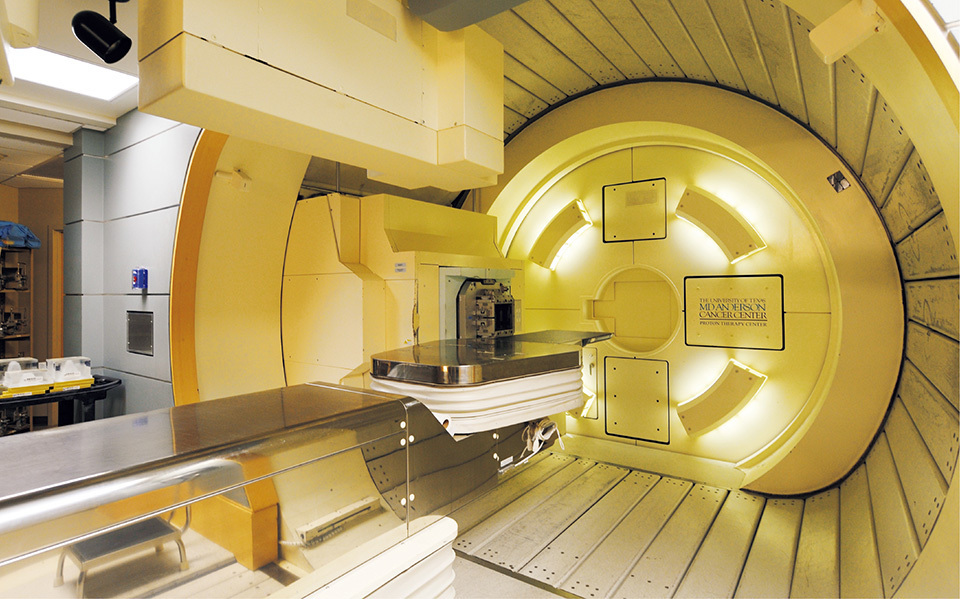
The equipment used at the MD Anderson Proton Therapy Center is made by Hitachi.
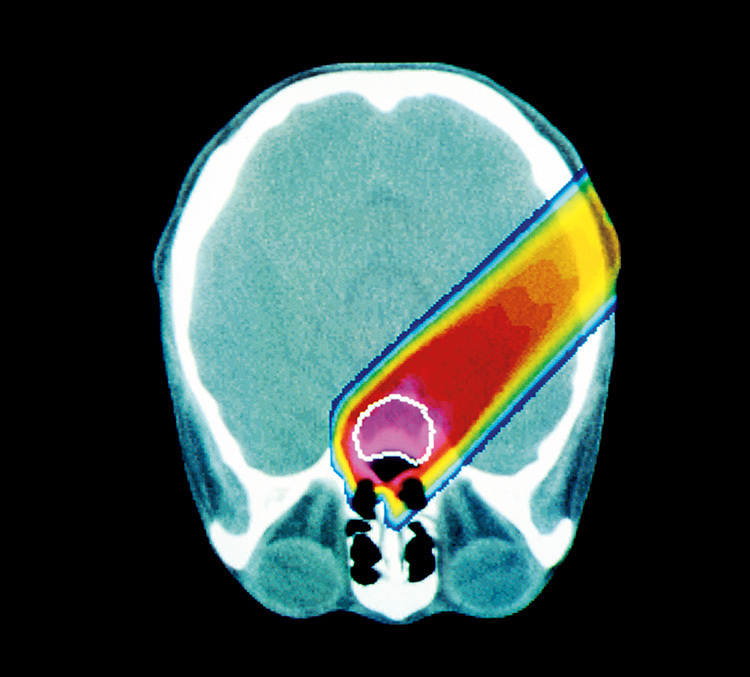
As proton therapy controls the depth of the irradiation to stop precisely at the cancer cells, it reduces side effects on neighboring normal cells. Less burdensome on the body, it thus holds promise as a treatment that offers better quality of life.
This medical pioneer’s desire to become a physician has much to do with the fact that she grew up in Hiroshima. She says she was motivated by a determination to find out why some people exposed to radiation developed atomic-bomb sicknesses while others did not. Although she was just two years old at the time of the bombing and escaped from being exposed to radiation, she moved to Hiroshima at the age of four. When she was 12 years old, her friend from school, Sadako, developed leukemia as a result of the bombing and passed away. There is now a large sculpture of origami cranes adorning the lobby of the Proton Therapy Center, which embodies the wish for all patients to get better, just as Sadako had folded paper cranes wishing for her own recovery.
Dr. Komaki retired from the MD Anderson Cancer Center in 2018, and now teaches at the Baylor College of Medicine as the Professor of Radiation Oncology and Biology while concurrently serving as an advisor at Sapporo High Functioning Radiotherapy Center. She also acts as a visiting professor at Hiroshima University and Nagoya City University.
“If the survival rate of proton therapy improves, it will become the standard treatment worldwide.” Giving advice to future radiation oncologists, she says, “I want them to have a broad knowledge of cell biology and immunology so that they can make the right choices for their patients.” That is also the path that Dr. Komaki has followed over her 50-year career.
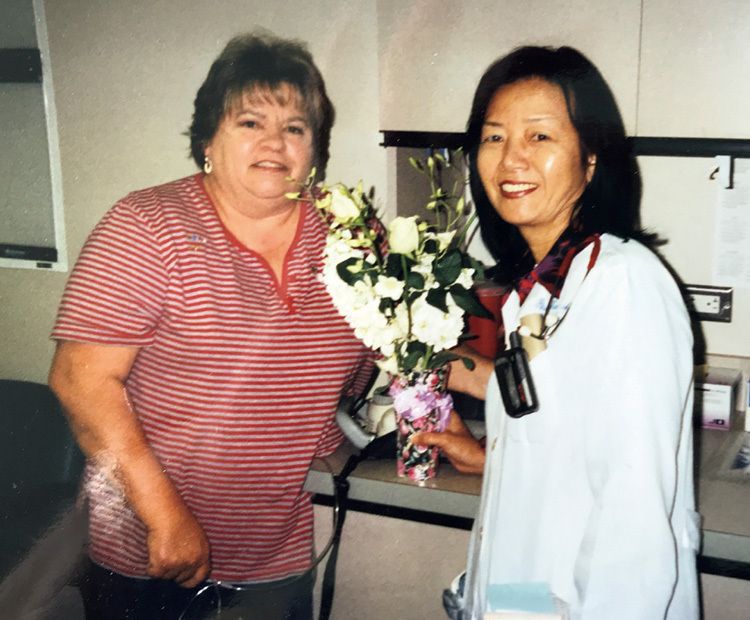
Dr. Komaki pictured with a patient whom she had treated.
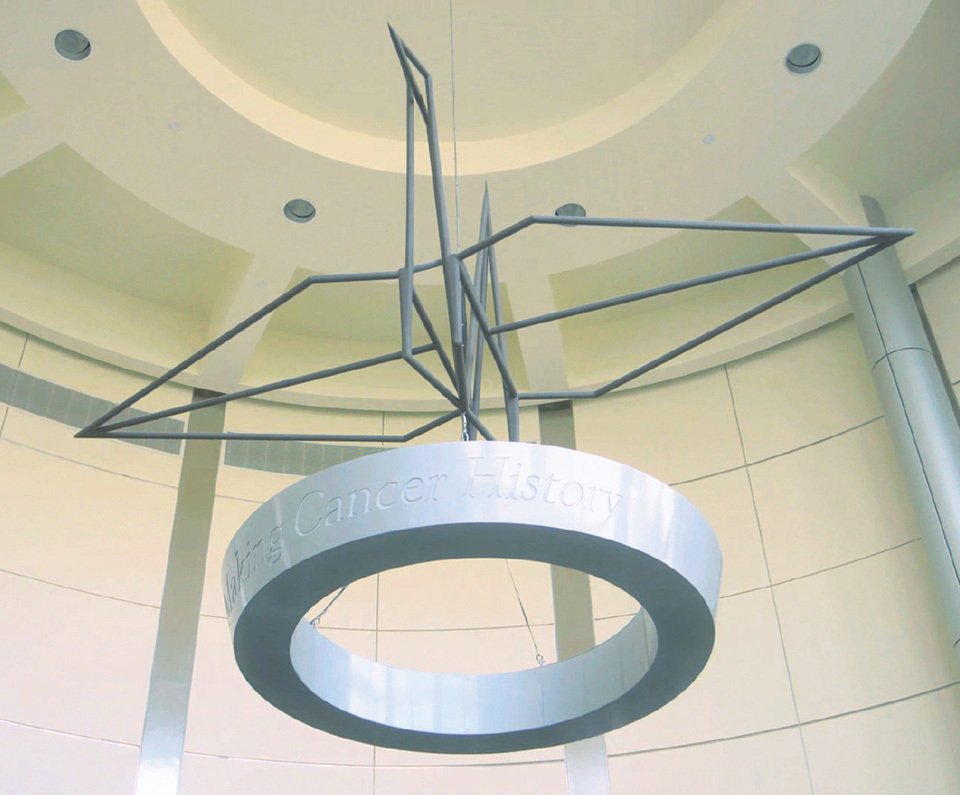
Embodying a wish for patients to recover, a sculpture of origami cranes adorns the MD Anderson Proton Therapy Center.


























